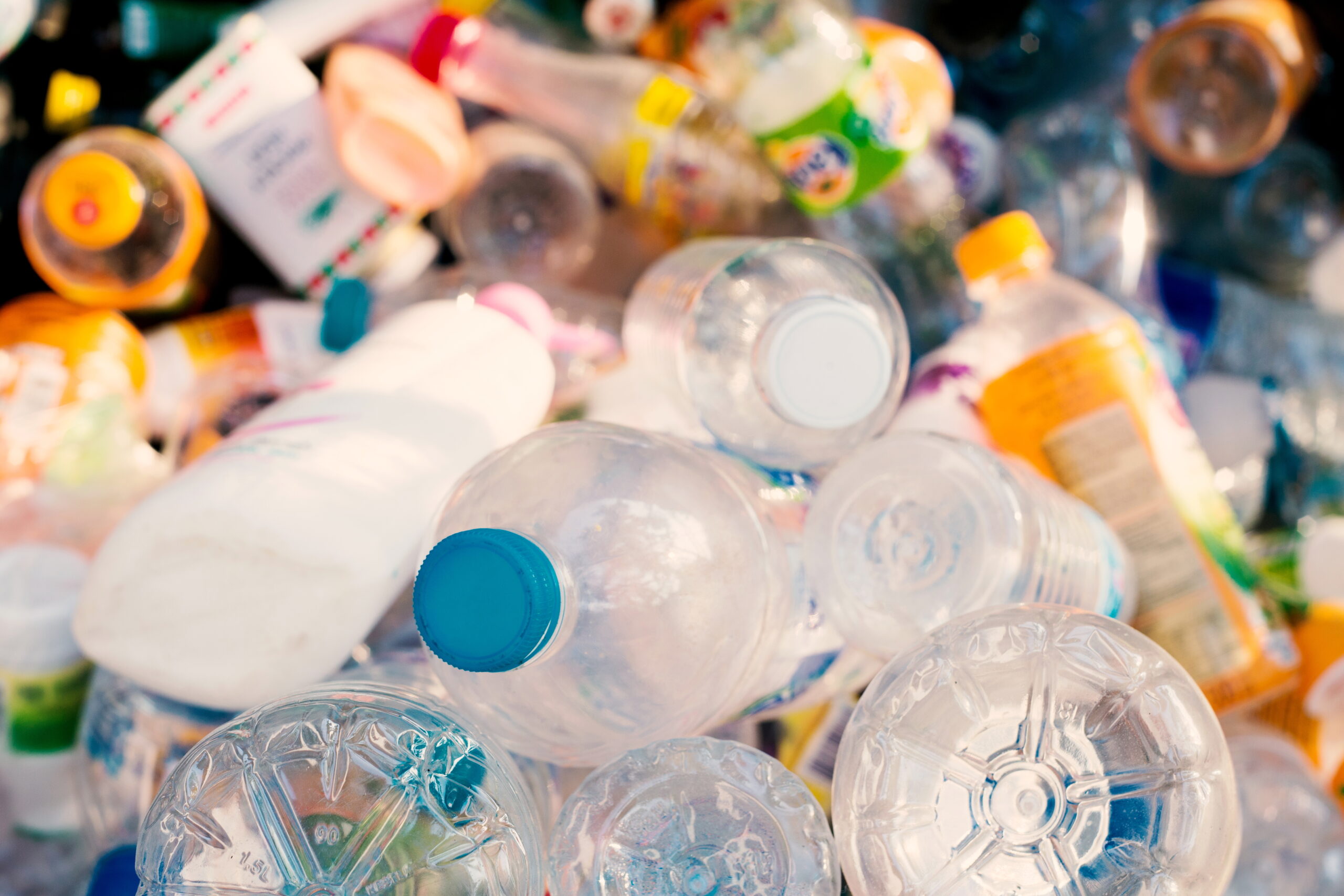
The Science of Biofilm in Plastic Biodegradation
When people think of plastics breaking down, they often imagine sunlight, heat, or mechanical wear slowly fragmenting material into smaller pieces. But true biodegradation happens in a very different way. At the heart of this process is something microscopic yet powerful: biofilm.
EcoPure® leverages the natural behavior of microorganisms and the formation of biofilm to transform how plastics interact with the environment. For manufacturers, understanding this process helps explain why EcoPure® is different from conventional or Oxo-degradable technologies.
What Is Biofilm and How Does It Help Plastic Biodegradation?
Biofilm is a thin, sticky layer of microorganisms that adheres to surfaces. It’s found everywhere — from dental plaque on teeth to the slippery coating on rocks in a stream. In nature, biofilms allow bacteria and other microbes to colonize surfaces, communicate, and work collectively to break down materials.
On plastics, however, microbes normally struggle to establish biofilms because polymers like polyethylene or PET are chemically resistant and lack the surface characteristics that bacteria can latch onto. This is why conventional plastics persist for centuries.
How EcoPure® Encourages Biofilm Formation
EcoPure® is an organic additive incorporated into plastics during manufacturing. Once the plastic reaches a biologically active environment, such as a landfill, EcoPure® alters the surface chemistry in a way that encourages microbes to attach and form biofilm.
Here’s what happens step by step:
- Microbe Attraction – EcoPure® releases chemical signals that attract microorganisms to the surface of the plastic.
- Attachment and Growth – Microbes adhere to the treated surface and begin to secrete extracellular polymeric substances (EPS), forming the sticky foundation of biofilm.
- Community Formation – As more microbes arrive, colonies develop, and metabolic cooperation begins. Some bacteria start breaking polymer bonds, while others consume the byproducts.
- Accelerated Breakdown – Once established, the biofilm penetrates the plastic, allowing microbes to access the carbon backbone of the polymer and consume it as food.
Biofilm vs. Plastic Fragmentation
The role of biofilm is what separates biodegradation from fragmentation.
- Fragmentation (e.g., oxo-degradables): Plastics break into smaller pieces due to oxidation or UV light exposure, but the polymer structure remains intact. The result is microplastics.
- Biodegradation (with EcoPure®): Microbes metabolize the polymer chains, breaking them down into CO₂, methane, water, and biomass. No microplastics remain.
By enabling microbial biofilm, EcoPure® ensures plastics undergo true biodegradation rather than just appearing to disappear.
Testing Biofilm-Driven Biodegradation
Internationally recognized methods such as ASTM D5511 (anaerobic biodegradation) and ASTM D5338 (aerobic composting) confirm the role of microbial biofilm. In these tests, gas production from microbial metabolism (CO₂ and methane) is measured as proof of biodegradation.
EcoPure®-treated plastics consistently show measurable biodegradation under these standards:
- PET bottles: Over 60% biodegradation in extended landfill simulations.
- PE bags: Nearly 80% biodegradation in similar conditions.
- PS lids: Over 60% biodegradation achieved.
Each of these results reflects microbial activity made possible by biofilm formation on the treated plastics.
Why Biofilm Matters for Manufacturers
Understanding the role of biofilm is more than scientific detail — it’s a competitive advantage. Manufacturers can confidently explain to customers and regulators that EcoPure®:
- Promotes real microbial digestion, not just physical disintegration.
- Provides scientific validation of biodegradability.
- Eliminates concerns about microplastic residue.
This clarity is especially valuable as regulations tighten worldwide and scrutiny of environmental claims increases.
Biofilm in the Bigger Picture of Sustainability
In nature, biofilm is one of the oldest survival strategies for microorganisms. By harnessing this process, EcoPure® aligns plastics with biological systems instead of working against them. This creates a natural, science-driven solution to one of the world’s most persistent waste problems.
For industries that rely on plastics — packaging, food service, consumer goods, and more — EcoPure® provides a way to maintain the durability and functionality of plastics while ensuring that, at the end of life, they can be consumed by nature’s own recyclers: microbes.
The secret to EcoPure®’s effectiveness lies in something simple but powerful: biofilm. By encouraging microbial communities to colonize plastics, EcoPure® transforms stubborn, centuries-long persistence into measurable biodegradation within years or even months.
Unlike Oxo-degradables that fragment into microplastics, EcoPure® ensures plastics are biologically digested and converted into natural byproducts. For manufacturers, this means a proven, science-backed way to meet sustainability goals without sacrificing performance or recyclability.
With EcoPure®, the science of biofilm becomes a bridge between plastics and the natural world — turning one of today’s greatest environmental challenges into a sustainable opportunity..


